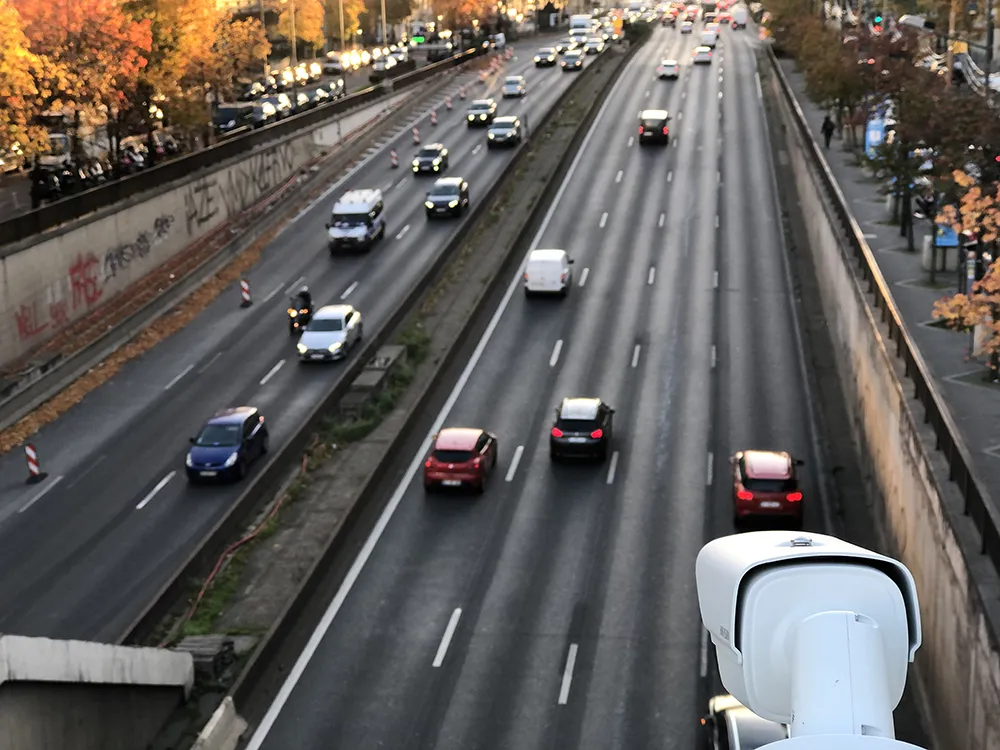The governments of Canada and Quebec have announced an investment of over US$25.2 million (CA$31.6 million) for seven Société de transport de l'Outaouais (STO) projects under the Public Transit Infrastructure Fund. The Government of Canada will provide more than CA$17.5 million for these projects and the Government of Quebec will contribute more than CA$14 million. The STO will provide the remaining funding.
The projects include the purchase of 21 hybrid buses, an extension of the Rapibus line between Labrosse and Lorrain boulevards, measures to improve passenger information and data collection, and studies for the next phases of extending the Rapibus line.
Once completed, these projects will improve the performance, efficiency and reliability of Outaouais' transit system, make it more inclusive and meet the community's immediate needs while preparing for anticipated future passengers increases.
Canada and Quebec support improved transit services in the Outaouais
The governments of Canada and Quebec have announced an investment of over US$25.2 million (CA$31.6 million) for seven Société de transport de l'Outaouais (STO) projects under the Public Transit Infrastructure Fund. The Government of Canada will provide more than CA$17.5 million for these projects and the Government of Quebec will contribute more than CA$14 million. The STO will provide the remaining funding.
The projects include the purchase of 21 hybrid buses, an extension of the Rapibus line between La
August 30, 2017
Read time: 1 min
Related Content











